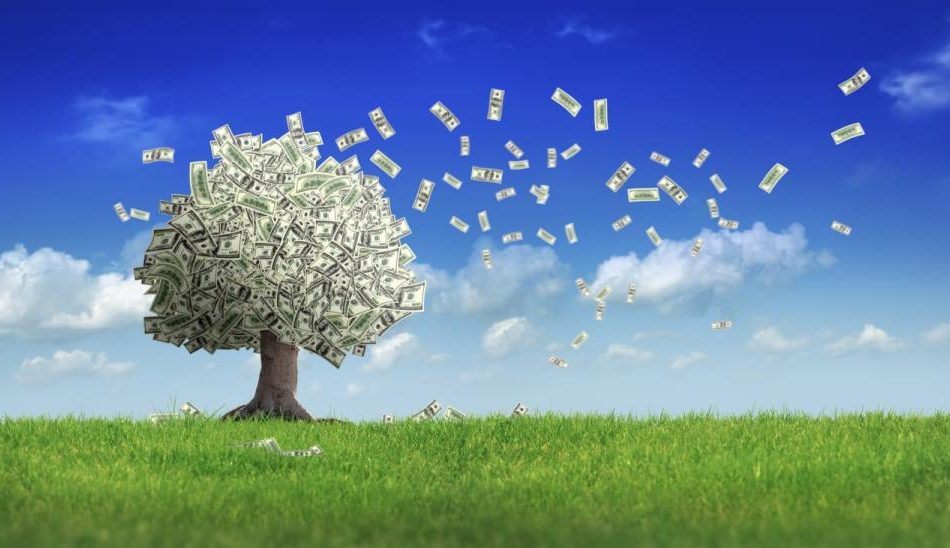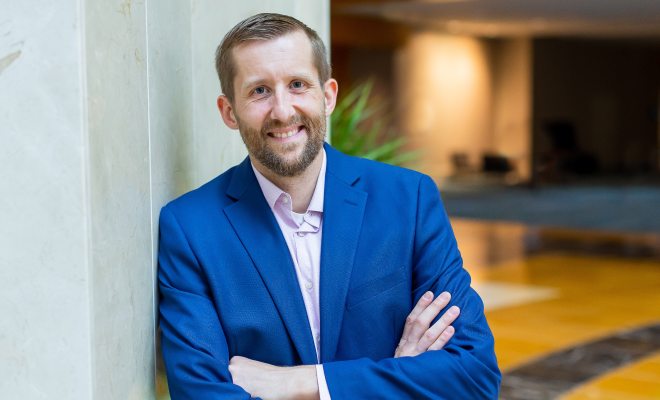Don’t be grumpy about taking RMDs — you’ve got lots of options
Dear Paul,
I recently had to start taking money out of my investment accounts to satisfy my RMD (required minimum distribution). What’s the best thing to do with this money? I’d like it to continue to grow.
Still Want Growth
Most Read from MarketWatch
Dear Still,
Some people grouse when they have to take RMDs and grumble at the requirement to pay taxes on the money they withdraw. But if you can avoid that attitude, you can appreciate your good fortune in having this “problem.”
In years past, you essentially made a deal with the government:
· The U.S. Treasury agreed that you wouldn’t pay taxes right away on some of the money you earned if you put it into a tax-sheltered investment account like an IRA or a 401(k). That meant this money could work for you instead of the government.
· You agreed that when you reached a certain age (currently 73), you would start withdrawing that money and pay taxes on the withdrawals.
· And now, as a result, you almost certainly have more money than you would if it weren’t for this deal.
What you should do with the RMDs depends mostly on your eventual plans for that money.
Read: Are you taking an RMD? 10 smart things you can use it for right now.
If you think you will use or need it later in your life, you will probably want to balance growth (stock funds) with some measure of stability (bond funds) with more emphasis on the latter when you are within spitting distance of its use.
However, if you expect to leave these investments to your heirs, you should consider investing with their financial needs and risk tolerance in mind. That might mean investing mostly, if not entirely, in equities.
In either case I think the U.S. four-fund portfolio should offer good equity returns with less volatility than the S&P 500 SPX. The four funds could be AVUS AVUS (large cap blend), RPV RPV (large cap value), IJR IJR (small cap blend), and AVUV AVUV (U.S. small cap value).
You can see the long-term impact of these four equity asset classes in a colorful table that our team produced to show how this combination did, compared with its components, in every individual year from 1928 through 2023.
Quite aside from all that, there’s another important question you should ask yourself: Could some of this not-needed-now money improve your life in some significant way? My guess is the answer is yes.
Read: I have my RMD all figured out, except for one thing: Which investments should I take it from?
By age 73, you should be thinking about how to give yourself an extra reward for your years of working, saving and investing.
With some percentage of your RMD each year, you could do extra travel. You could donate to a charity that’s doing work you like. You could make gifts (up to $17,000 a year) to some of your heirs so you can experience their (you hope) appreciation and (you also hope) good sense in putting unexpected money (you also hope) to constructive use.
Whatever you choose, I think you can — and should — pat yourself on the back for the solid financial situation you are in.
Dear Paul,
Now that I’m 58 and approaching retirement, what is the most appropriate asset allocation and “glide path” for preretirement and then in retirement? I know the answer might be “It depends,” but for someone without a pension coming, and a mix of taxable and retirement accounts, what is the right mix of funds?
Gliding to Retirement
Dear Gliding,
You are right that the correct answer is “it depends.” To keep my answer simple (yet still sufficient), I’ll focus on two factors.
First, Wall Street’s collective wisdom. Second, your comfort level.
Big bucks are paid to the men and women who manage trillions of dollars in target-date funds (TDFs) at large mutual-fund companies. Every dollar is managed to combine an appropriate mix of growth (equity funds) and stability (bond funds) for investors in a given age range.
If you’re 58, you’re a good candidate for a fund such as Vanguard’s Target Retirement 2030 Fund (VTHRX). This fund’s glide path is managed assuming you’ll retire at age 65. If you intend to keep working longer, you could choose a fund with a later target date, say 2035.
These funds gradually change the mix of equities and bonds in their portfolios to become more conservative as their shareholders age.
There’s nothing wrong with this approach, and its sheer simplicity is a bonus.
However, you may want to be more conservative or more aggressive, depending on your risk tolerance and the amount of money you have in relation to what you will need to maintain an acceptable standard of living.
If you want to be more conservative, you could hold 10% to 15% of your money in bond funds and the rest in a target-date fund.
On the other hand, you may want to add a little extra firepower in order to increase the amount you are likely to have for spending in retirement and to leave to your heirs.
My suggestion in that case is to add something that target-date fund portfolios have very little of: small-cap value stocks. (You can also check out a recent podcast I recorded on this asset class; and for a much deeper dive, here’s a recent article.)
Our studies show that holding 80% in a target-date fund and the other 20% in small-cap value stocks could increase your annual return by 1% and increase your safe withdrawal rate by 0.5% (for example from 4% of your portfolio’s value each year to 4.5%).
That last detail may sound small, but in fact it represents a 12.5% increase in your retirement income all by itself.
For more on this idea, check out this excellent video with Chris Pedersen, director of research at the Merriman Financial Education Foundation.
.
Richard Buck contributed to this article.
.




Leave a Reply